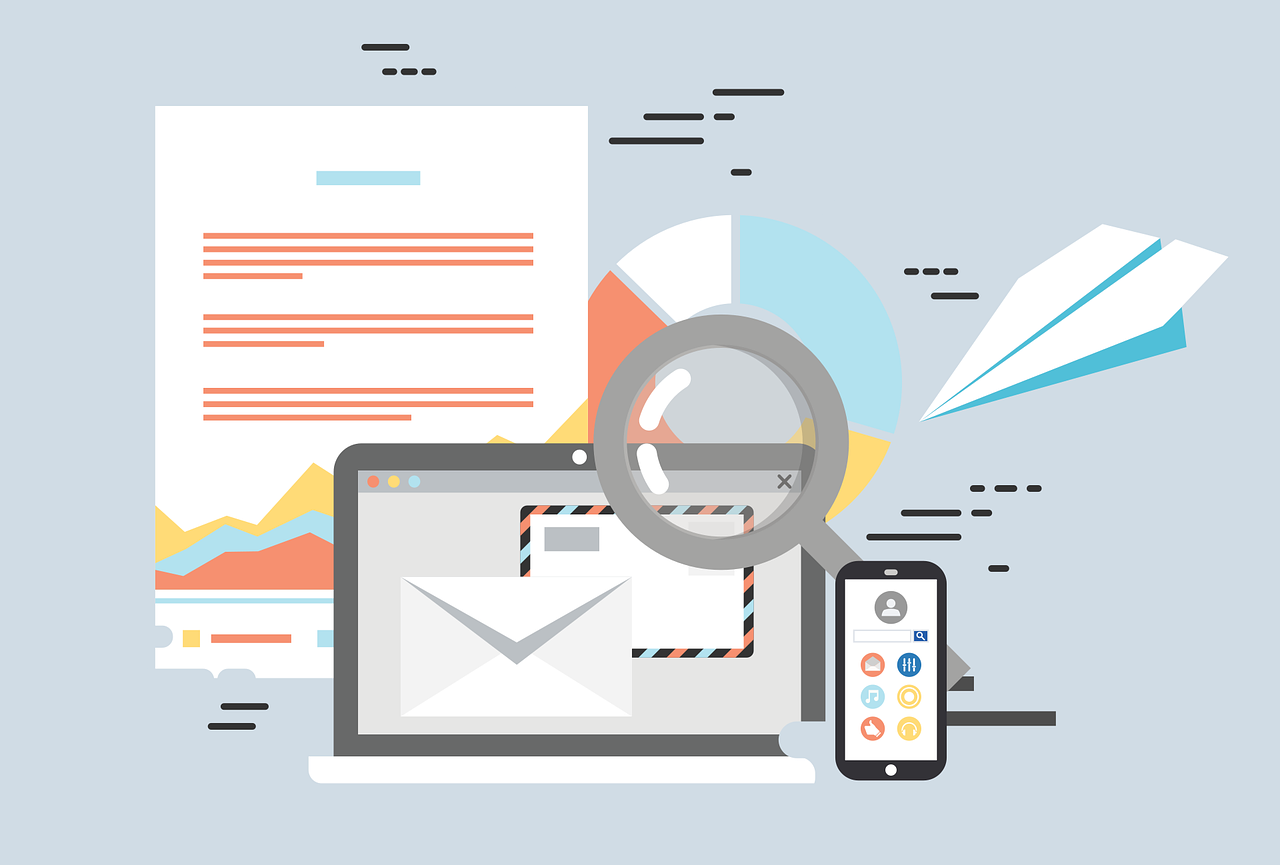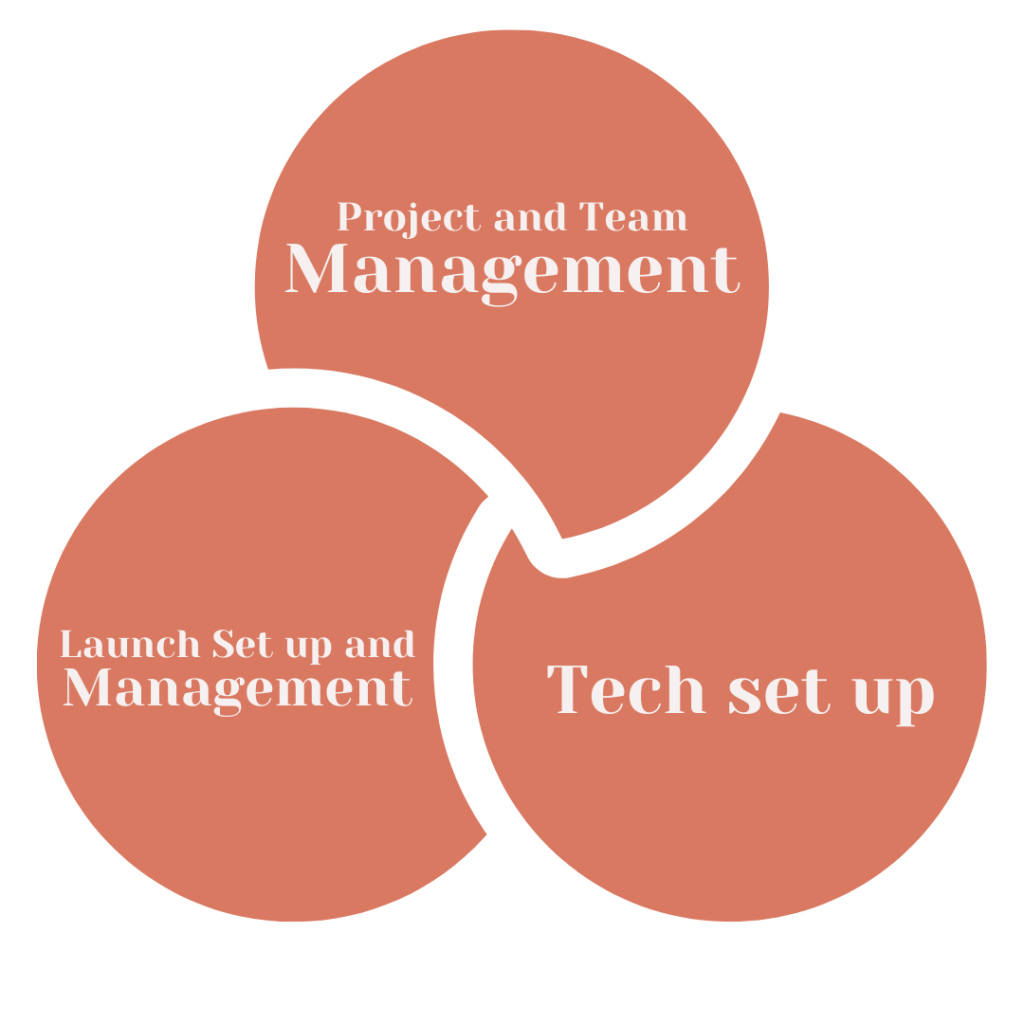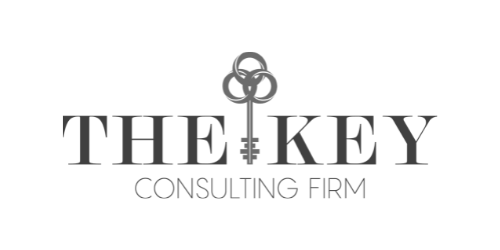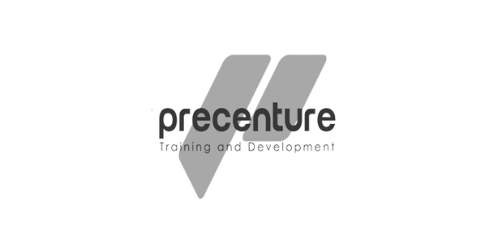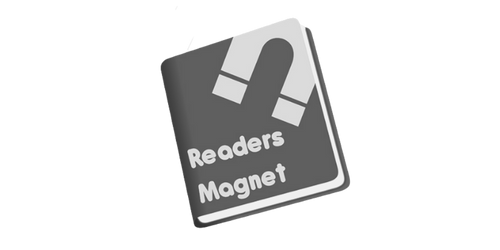5 Reasons to Hire an Online Business Manager and Build Your Coaching Dream Team

As a coach, it’s no secret that your business requires your full attention. From working with clients to managing your marketing strategy, there’s a lot to juggle. However, if you’re serious about growing your business and scaling your impact, you need to start thinking about building a team. In particular, hiring an Online Business Manager (OBM) can help you take your business to the next level. Here are five reasons why you need to build a team to scale:
- Leverage the expertise of others: While you may be a talented coach, there are likely areas of your business that you’re not an expert in. By building a team, you can bring in people with complementary skills to help you achieve your goals.
- Focus on your strengths: When you’re bogged down with administrative tasks and managing a team, it can be challenging to focus on what you do best. By delegating to an OBM, you can free up your time and energy to focus on your core strengths.
- Increased productivity: With an OBM on board, you’ll be able to streamline your business processes and increase your productivity. You can trust that your team is handling the day-to-day operations, giving you more time to focus on high-level strategy and growth.
- Better decision-making: When you have a team of experts on board, you’ll be able to make better decisions for your business. You’ll have access to more data and insights, and you’ll be able to get a more well-rounded perspective on the issues you’re facing.
- Scalability: Ultimately, building a team is the key to scaling your business. By delegating to an OBM and bringing on other team members, you’ll be able to take on more clients, launch new products or services, and grow your business in ways that would be impossible on your own.
Ready to hire an Online Business Manager?








